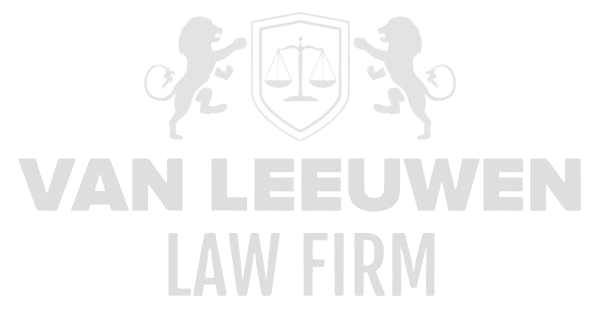Data security and privacy refer to the protection of sensitive and personal information from unauthorized access, breaches, misuse, and other threats. Ensuring data security and privacy is essential to maintaining the trust of customers, complying with regulations, and safeguarding an organization’s reputation. Here are the key aspects of data security and privacy:
-
Data Classification:
- Categorizing data based on its sensitivity and criticality to apply appropriate security measures.
-
Access Controls:
- Implementing role-based access controls to ensure that only authorized individuals can access specific data.
-
Encryption:
- Encrypting data in transit and at rest to prevent unauthorized access, even if data is intercepted or stolen.
-
Authentication and Authorization:
- Enforcing strong user authentication methods to ensure that only authorized users can access data.
- Assigning proper permissions to users based on their roles and responsibilities.
-
Network Security:
- Implementing firewalls, intrusion detection systems, and intrusion prevention systems to protect networks from external threats.
-
Endpoint Security:
- Applying security measures to devices such as computers, mobile devices, and IoT devices to prevent data breaches.
-
Data Minimization:
- Collecting and retaining only the data necessary for legitimate business purposes, reducing the risk of data exposure.
-
Data Breach Response Plan:
- Developing a plan to detect, respond to, and recover from data breaches, including notifying affected individuals and authorities as required by law.
-
Privacy Policies:
- Creating and maintaining transparent privacy policies that inform individuals about how their data is collected, used, and protected.
-
Vendor Management:
- Ensuring that third-party vendors and partners adhere to your organization’s data security and privacy standards.
-
Employee Training:
- Training employees on data security best practices and raising awareness about potential threats such as phishing and social engineering.
-
Regulatory Compliance:
- Adhering to data protection regulations such as GDPR, HIPAA, CCPA, and others relevant to your industry and geographic location.
-
Regular Audits and Assessments:
- Conducting periodic assessments and audits to identify vulnerabilities and ensure ongoing compliance.
Data security and privacy are ongoing concerns that require a combination of technology, processes, and a culture of security awareness. By implementing robust security measures and privacy practices, organizations can protect sensitive information, maintain compliance, and build trust with their customers and stakeholders.


